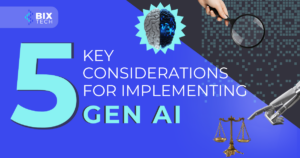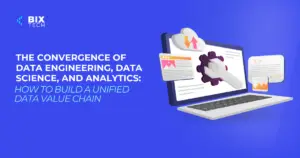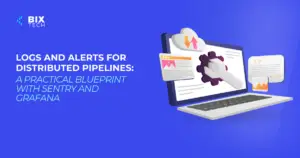Unlocking Seamless LLM Integration: How to Build an MCP-Powered AI Agent

Sales Development Representative and excited about connecting people
Introduction: The New Era of Intelligent AI Agents
Artificial intelligence has rapidly progressed from simple text generators to sophisticated large language models (LLMs) capable of acting as dynamic agents. Today, these AI agents can interact with external tools, APIs, local files, and even collaborate with other AI-powered agents. This leap in capability is largely thanks to the Model Context Protocol (MCP)—an open standard pioneered by Anthropic—which is transforming how LLMs connect and operate.
In this guide, we’ll dive into how MCP revolutionizes LLM agent development, explore its advantages over traditional methods, and provide practical insights for building your own MCP-powered agent that can integrate with both open-source and proprietary models through OpenAI-compatible APIs.
Why MCP Is a Game-Changer for LLM Agents
Before the advent of the Model Context Protocol, LLM frameworks offered some degree of external tool interaction—such as function calling or basic API access. However, these solutions were often siloed, requiring custom connectors or limited integrations for each model or data source. As a result, scaling or switching between open-source and commercial LLMs could be cumbersome.
MCP simplifies this challenge by acting as a universal adapter. Its standardized protocol enables seamless connectivity between AI models and diverse external resources, regardless of whether you’re working with open-source or proprietary platforms. This universality is driving a new wave of intelligent, interoperable AI agents.
Key Benefits of MCP for Developers
- Unified Integration: MCP provides a consistent protocol for connecting LLMs to various APIs, databases, and external tools. You no longer need to juggle multiple integration layers.
- Open-Source Ecosystem: A vibrant and growing open-source community supports MCP, offering libraries that work effortlessly with FastAPI servers and OpenAPI specifications.
- Scalability and Flexibility: With MCP, it’s easy to swap models or scale your AI agent’s capabilities without significant redevelopment.
If you want to learn how businesses are leveraging AI frameworks for rapid prototyping and proof-of-concepts, take a look at this guide on AI PoCs.
Building an MCP-Powered LLM Agent: Core Concepts
To build a powerful LLM agent using MCP, you’ll need to understand two main architectural elements:
- MCP Host: The orchestrator that manages the agent’s interactions and routes requests to the appropriate model or external resource.
- MCP Server: The service layer that exposes OpenAI-compatible APIs, allowing smooth integration with both open-source and commercial LLMs.
By leveraging MCP’s standardized protocol, you can enable your LLM agent to:
- Call external APIs for real-time data retrieval or actions
- Access and update local files securely
- Engage in multi-agent communication (Agent-to-Agent, or A2A), a feature introduced by Google that enables collaborative AI workflows
- Adapt quickly to new tools or services as your business evolves
Practical Steps for Seamless Integration
Let’s break down how you can start building your own MCP-enabled LLM agent:
1. Set Up Your MCP Host and Server
Choose an open-source MCP library that supports FastAPI and adheres to the OpenAPI specification. This ensures compatibility across a range of models and makes it easier to maintain and extend your agent.
2. Connect Your LLM Model
Whether you’re using OpenAI’s GPT, Anthropic’s Claude, or another open-source LLM, MCP lets you plug in your chosen model via a unified API. This flexibility unlocks the full potential of both commercial and community-driven AI technologies.
3. Integrate External Tools and Data Sources
Define your required API endpoints, databases, or file systems. MCP’s protocol allows your agent to connect, retrieve, and process information from these sources without custom integration work for each new tool.
4. Implement Agent-to-Agent Communication
For more advanced scenarios, enable your agent to communicate with other AI agents. This allows for collaborative problem-solving and distributed workflows, taking your automation to the next level.
The Business Impact of MCP-Powered LLM Agents
Organizations that embrace MCP see significant advantages. By removing integration bottlenecks, teams can focus on building intelligent workflows rather than maintaining connectors. This agility is crucial for businesses aiming to stay ahead in the fast-moving AI landscape.
If you’re exploring how AI can accelerate smarter business decisions, check out this in-depth article on AI-powered data analysis.
Final Thoughts: Future-Proof Your AI Agent Development
The Model Context Protocol is redefining what’s possible with LLM agents. Its open, standardized approach empowers developers to create flexible, scalable, and highly interoperable AI solutions. As the AI ecosystem evolves, MCP ensures your LLM agents can easily adapt and thrive—no matter which models or tools tomorrow brings.
Ready to take your AI agent development to the next level? Start exploring MCP-based architectures and unlock the true potential of seamless integration in your organization.









